When hatching chickens in an incubator , no matter what kind of poultry it is, the main parameters that need to be paid special attention to are temperature, humidity and ventilation.
Ventilation in the incubator
The period of incubation of eggs of different species of birds is different, but this is a rather long period and throughout its entire length the embryo breathes air from the incubator. The embryo may begin to develop incorrectly if the air exchange inside the device is disturbed, because it absorbs oxygen and releases carbon dioxide, which must be removed from the incubator .
Incubator Ventilation: Optimal Number of Vents
The whole process of air exchange takes place through special holes, which are located in the lid and bottom of the incubator. If your device has natural ventilation and is designed for 100 eggs, then it must be equipped with 16 holes with a diameter of 20 mm on top (exhaust) and the same number of holes in the bottom (supply). The latter should be 25 mm in diameter. This information is useful for those who use simple or homemade incubators, such as foam or refrigerator.
Devices equipped with a forced air exchange system are provided with five holes (diameter 36 mm) at the top and five holes (diameter 18 mm) at the bottom.
What should be the humidity in the incubator
The level of humidity has a direct effect on the development of the embryo in the egg. to achieve optimal humidity.
For eggs of different types of poultry, temperature and humidity indicators are also different. But an increased level of these two parameters is always necessary during the first stage of incubation after laying the hatching egg. Further, these indicators can be reduced, since the evaporation of moisture through the shell begins. At the last stage, the humidity is increased, and the temperature, on the contrary, is reduced. Thus, an optimal microclimate inside the incubator is achieved for the normal development of future chicks.
How to control humidity in an incubator
You need to constantly monitor the level of humidity and special measuring devices are designed for this. In most modern incubators, such devices are already installed, but how to find out the humidity if you have a simple device or a home-made one ? In such devices, the humidity of the air inside the incubator is achieved by pouring water to the bottom. It is not difficult to measure the humidity level; this is done with two thermometers according to the following scheme:
- Wrap the tip of one thermometer with cotton wool and lower it into the water, then remove it back and squeeze out the remaining moisture.
- Now you should turn off the incubator and lower both thermometers into the water.
- Next, the incubator must be turned on again, and after 15-20 minutes, check the thermometer values. These data are compared with the following table:
Recommended: Learn how to turn eggs in an incubator with your own hands



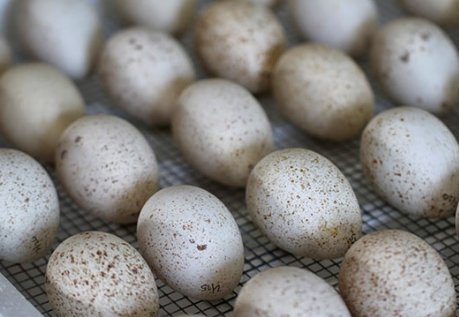
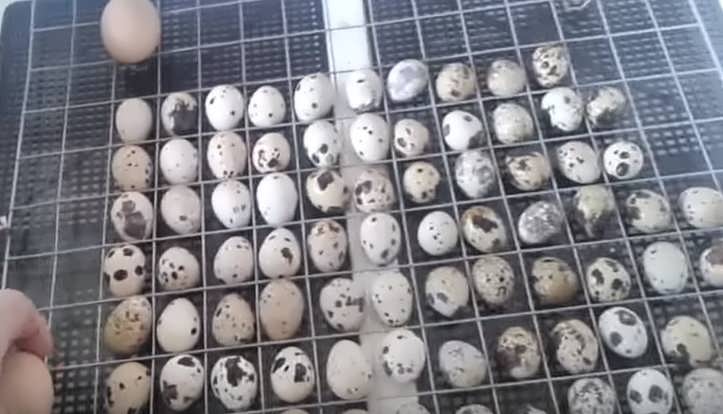
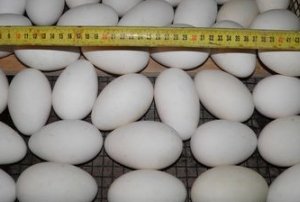
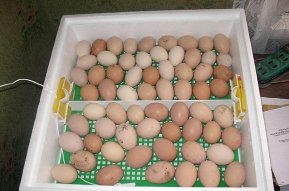
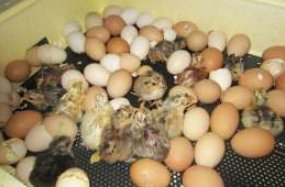
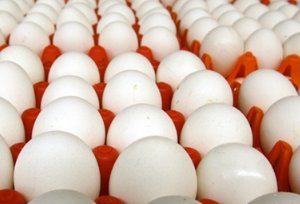
It only at first glance may seem like just using an incubator. In fact, it is not so easy to create optimal conditions there.